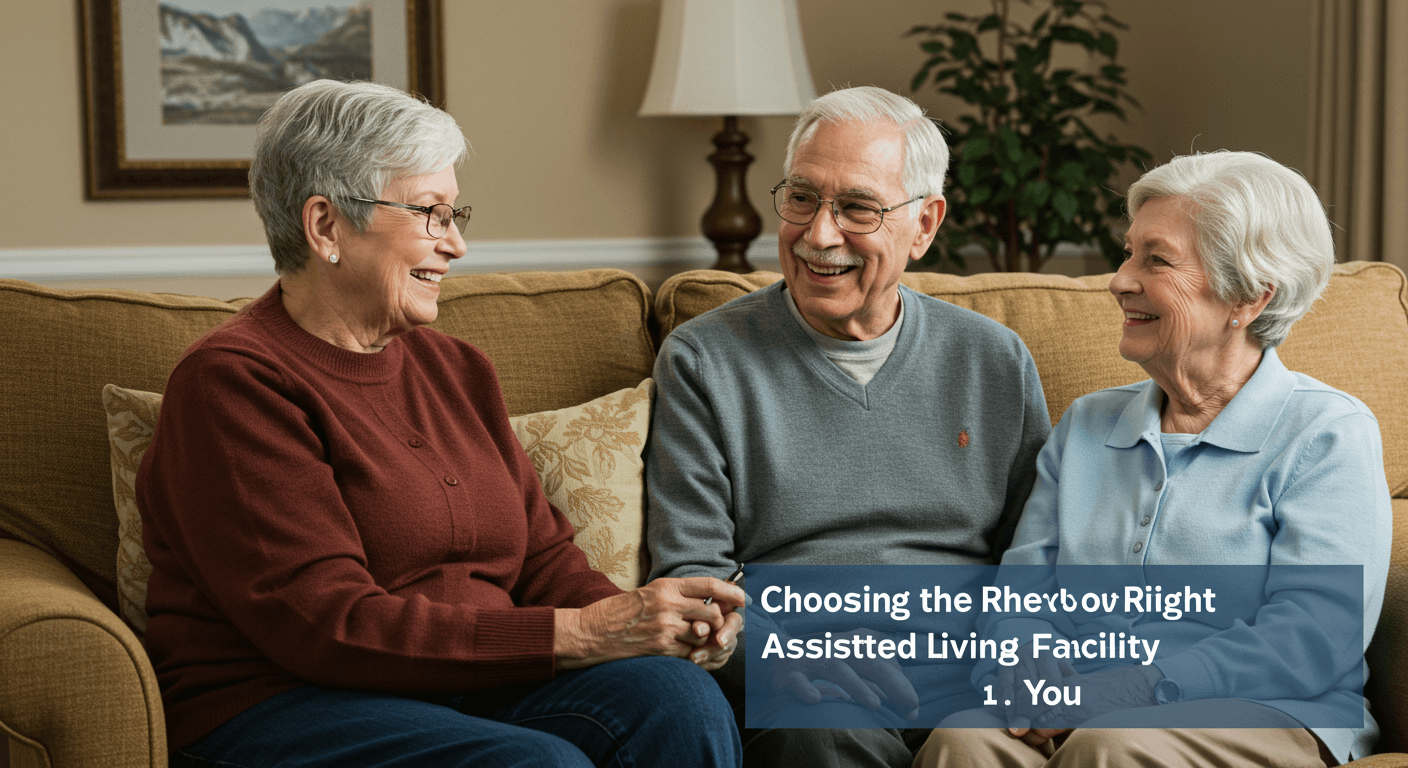Choosing the Right Assisted Living Facility for You
Expert guidance to help seniors and caregivers select the best assisted living option based on needs, budget, and lifestyle preferences.

Selecting an assisted living facility is a significant decision that impacts quality of life, safety, and well-being. This guide provides a step-by-step approach to evaluating options, understanding costs, and ensuring the best fit for individual needs.
1. Assess Care Needs and Preferences
Evaluate current and future care requirements, including mobility assistance, medication management, and specialized medical needs. Consider social preferences, meal options, and daily activity interests.
2. Research and Shortlist Facilities
Use online resources, referrals, and senior living databases to create a list of potential facilities. Check state licensing, inspection reports, and any violations or complaints.
3. Schedule Tours and Ask Key Questions
Visit each facility in person. Observe cleanliness, staff interactions, and resident engagement. Ask about staff-to-resident ratios, emergency protocols, and included services versus extra costs.
4. Review Contracts and Costs
Understand all fees, payment structures, and what is covered. Look for hidden costs, rate increase history, and refund policies. Consider long-term affordability and insurance coverage.
5. Make a Final Decision and Plan the Move
Compare all factors, talk to current residents or families, and trust your instincts. Once decided, coordinate move-in details, personalize the space, and ensure a smooth transition.
The Impact of Environment on Senior Well-being
Studies show that well-designed assisted living environments reduce stress, improve cognitive function, and promote physical health through social interaction, safety features, and accessible layouts. Proper staffing levels and trained caregivers are linked to higher resident satisfaction and better health outcomes.
Emergency guidance
Immediate Red Flags During a Tour
If you notice unclean conditions, strong odors, residents left unattended, or staff who seem overwhelmed or unresponsive, consider these serious warnings. Lack of emergency equipment or visible safety hazards require immediate attention and may indicate poor management.
When to Re-evaluate a Current Facility
Significant decline in care quality, frequent staff turnover, unexplained injuries, or sudden cost increases are urgent concerns. If a resident's health or safety is at risk, contact ombudsman services or state licensing agencies for assistance and consider relocation options.
Pro tips
- Visit unannounced at different times (e.g., during meals or activities) to see the facility under normal conditions.
- Talk to current residents and their families for honest feedback about daily life, staff responsiveness, and overall satisfaction.
Common pitfalls
Choosing based solely on cost or appearance without verifying care quality can lead to neglect, unexpected expenses, and the stress of moving again soon. One family skipped thorough checks due to a beautiful lobby, only to find understaffing and medication errors within months, requiring a costly and disruptive relocation.
Recommended reads



You may also like






